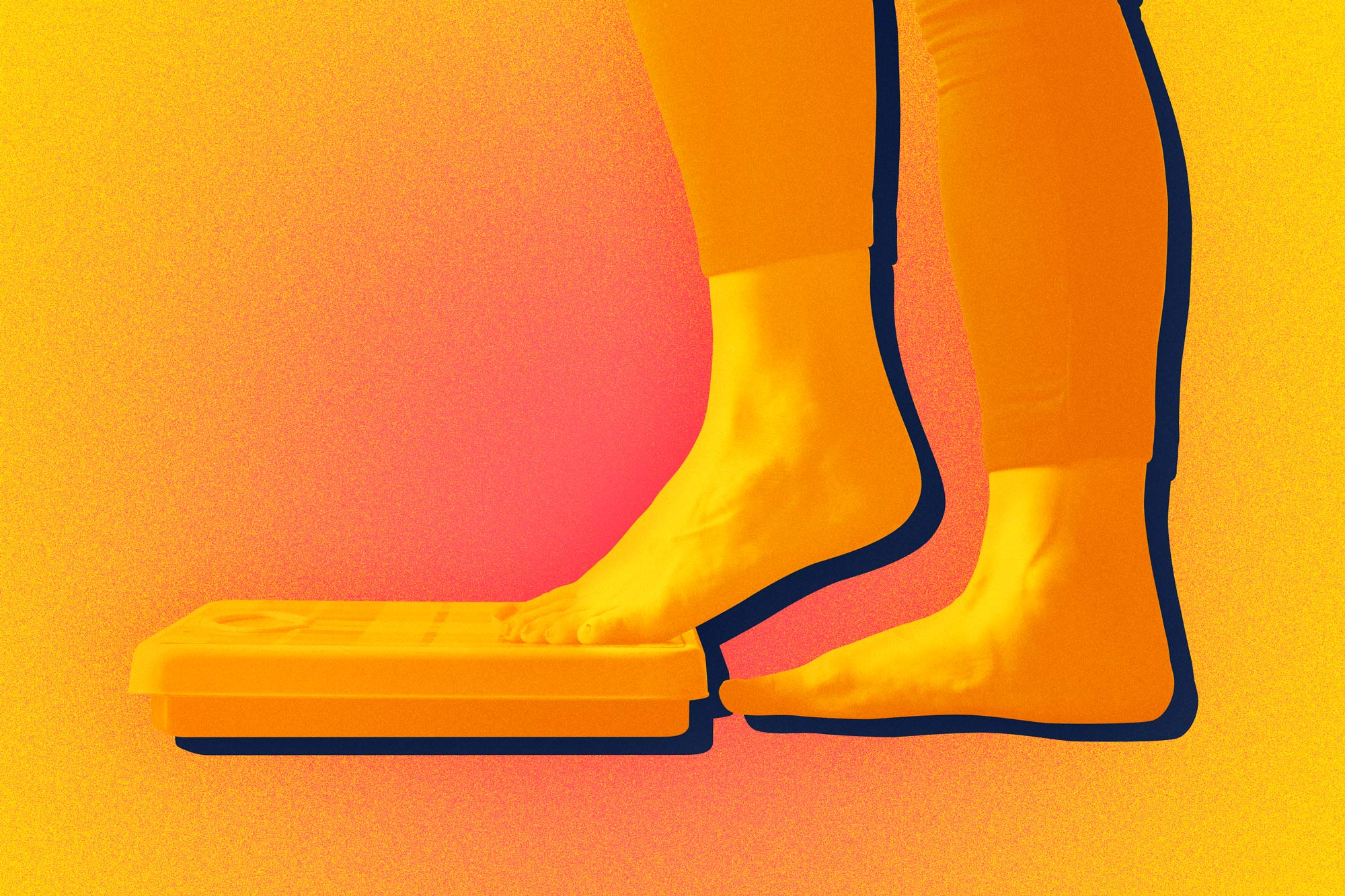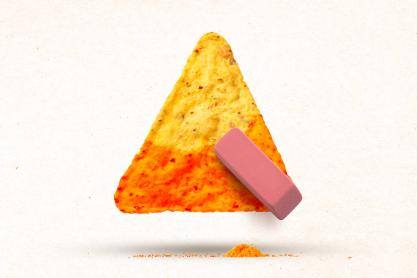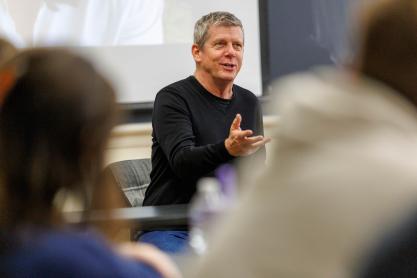School of Medicine researchers at the University of Virginia have identified a potential way to battle the health effects of obesity and Type 2 diabetes in women after discovering an important factor that could determine how their bodies use and store fat.
Based on their new discovery, the researchers, led by Mete Civelek, an associate professor of biomedical engineering, were able to change whether female lab mice’s bodies stored fat subcutaneously (under the skin) or viscerally (wrapped around the organs).
While visceral fat goes unseen, hidden deep inside the body, it can be particularly harmful to good health.
The researchers say their results in mice suggest that a similar approach could help treat the effects of obesity and battle metabolic diseases, such as diabetes, in women.
“There is a strong need for targeted therapies against metabolic abnormalities caused by obesity and diabetes,” said the study’s first author, Qianyi Yang of UVA’s Center for Public Health Genomics. “We hope that increasing KLF14 abundance in fat cells of females with obesity and diabetes may provide a novel treatment option to alleviate these metabolic abnormalities.”
How We Store Fat
Men and women store fat differently. Men tend to be more apple-shaped, meaning they store fat around the waist, while women tend to be more pear-shaped. This is because women store more subcutaneous fat and less visceral fat in their lower body. The new findings help explain why.

Mete Civelek led the team that made the discovery. (Photo by Tom Cogill)
Civelek and his team were investigating a particular gene, KLF14, that has been linked to many different metabolic problems, including Type 2 diabetes and coronary artery disease. These health associations are more pronounced in women than men, but scientists haven’t understood the reason.
Civelek and his collaborators found that the KLF14 gene is a key regulator of how the female body uses lipids (fats). The gene makes a protein that plays a critical role in how fat cells form, what type of fat they turn into and where they are stored.










